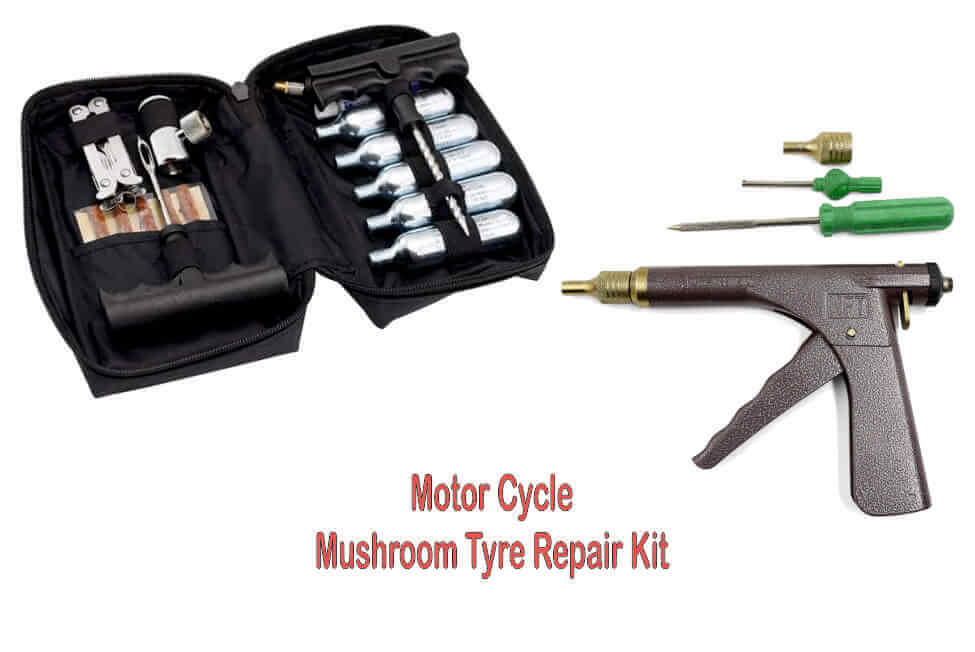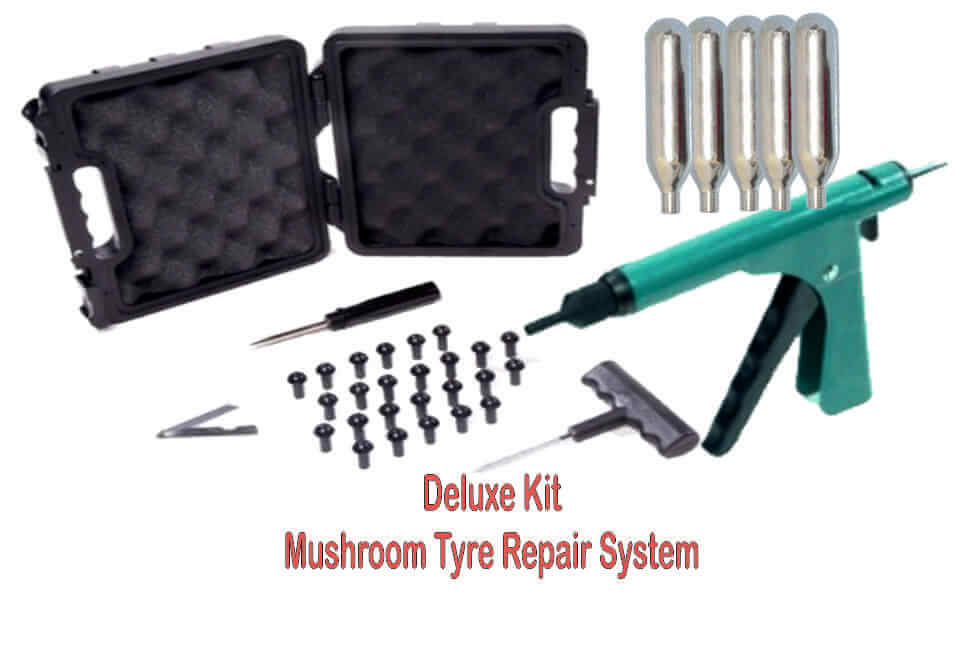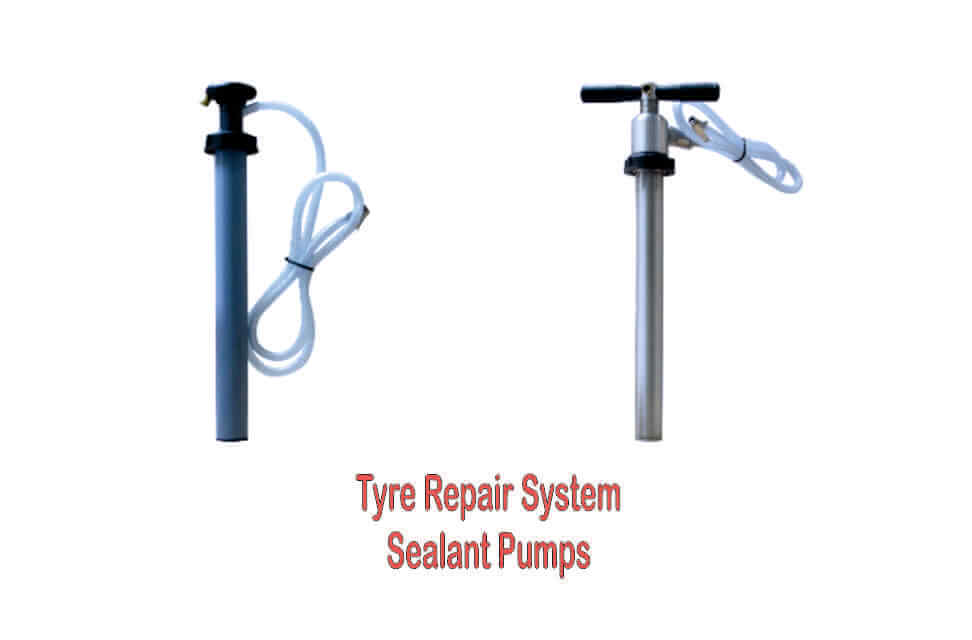Military Tyre Repair Kits
Flat Tyre Repair for all Vehicles
Tyre Protection for Military and Combat Vehicles
Tyre Repair Kit For Military and Combat Vehicles
Developed to provide maximum sealing capabilities when safety is the primary concern. Our most advanced grade sealant is formulated with the strongest fibres and materials possible. Designed to withstand the most extreme and hazardous conditions, it’s unparalleled sealing properties ensures zero downtime against bullets, shrapnel and debris.
Lightweight and functional for maximum maneuverability and insertion. Ensure the safety of the occupants and the operator as they are not left stationery during dangerous situations.
| Tyre Defence | Lightweight and Versatile | Non-Flammable and Non-Toxic | Easy Installation |
| Safety is the law, eliminate downtime in the field and protect what matters most | No compromise on weight and manoeuvrability for optimum mobility | Safe for air transport and formulated to comply to all military standards | Advanced Glycol based composition for simple installation and cleanout |
| Light Tactical Vehicle | All Terrain Vehicle | High Mobility Vehicle | APC Vehicles | BTR Type Vehicles | Heavy Tactical Vehicle |
 |  |  |  |  |  |
Military Grade Specifications
| Military Grade | Protection Against |
|
|
Industry Grade Tyre Sealants and Puncture Resistant Solutions
| Advantages | Other Applications |
|
|
Available In The Following Pack Sizes
- 1 Litre DIY bottles
- 25 Litre Pails
- 200 Litre Drums
- 1000 Litre Flowbins
How Do Tyre Sealants Work?
Simply installed through the valve of the tyre, the solution creates an even coating that cools and maintains the tyre from the inside. When a puncture occurs, the inside tyre pressure immediately forces the sealant into the hole/laceration.
The fibres and rubber in the sealant form a solid plug in the tyre cavity. The puncture is permanently sealed, and the tyre sealer remains in it’s original consistency to continue sealing, extending and repairing hundreds of punctures in the tyre.
Designed as a preventative for new punctures, the sealant also repairs existing punctures.
Installation
DIY Installation For On-Road Vehicles When Balancing Is Necessary
- Using a measuring jug, decant the required amount of sealant per tyre into the pump container.
- Screw the white disposable pump onto the container.
- Using a valve core remover, remove the valve core from the inside of the tyre valve by turning it anti-clockwise. Let majority of the air out the tyre.
- Push the end of the clear hose pump onto the tyre valve. Make sure it is a tight fit.
- Prime the pump just before the sealant reaches the end of the clear tube at the tyre valve. You are now ready to pump the correct amount of sealant into the tyre.
- Each hand pump does approximately 30ml of sealant. (We recommend that you put the correct amount of sealant into the container for 1 tyre at a time as in step 1, this is to ensure balancing is not affected).
- Start pumping the sealant into the tyre as per recommended dosage.
- Once the correct amount of sealant has been inserted, screw the valve core back into the valve of the tyre in a clockwise motion.
- Inflate the tyre to the correct pressure and drive the vehicle for a minimum of 8 km at a maximum speed of 40km/h. This ensures the sealant forms a uniform layer inside the tyre and becomes fully effective.
- (Optional) – If there are any existing puncturing objects in the tyre, only remove the puncturing objects until step 9 has been completed. After removing the puncturing object, the vehicle must be driven again to ensure the sealant moves into the puncture zone. If the vehicle is left stationary when the object is removed, the sealant may not plug the puncture until the vehicle is driven again






